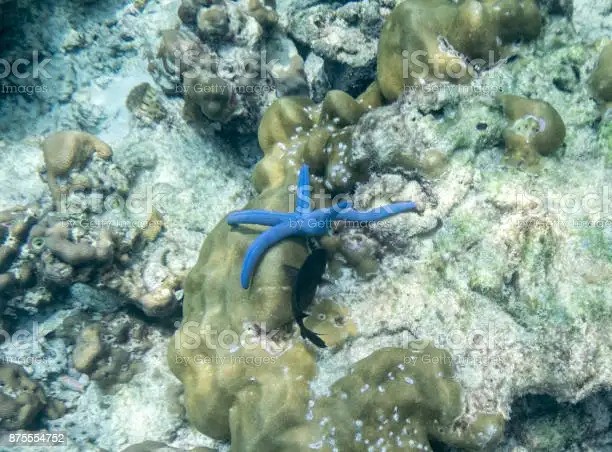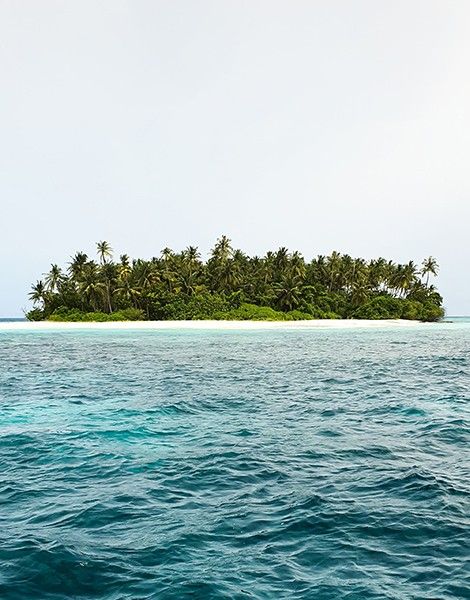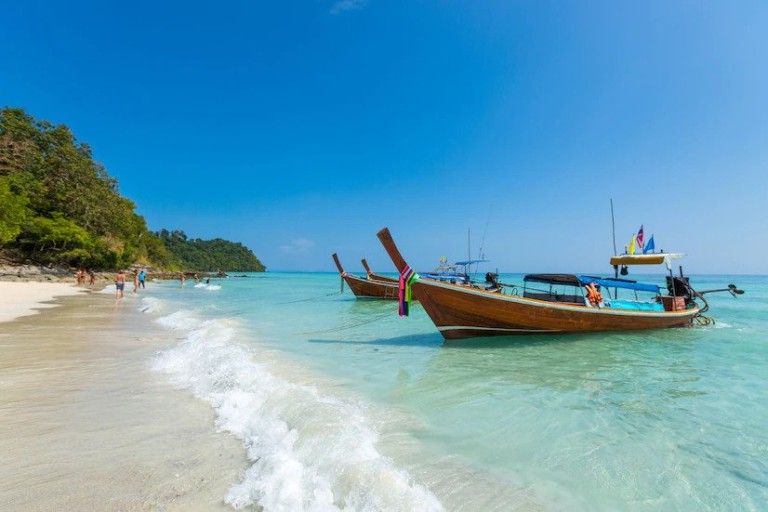Diving Sites in Port Blair



Scuba Diving in Pilot Reef
.jpg)
About Pilot Reef, Havelock Island (Swaraj Dweep)
A long strip of the underwater canyon that is around 25 meters deep, the Pilot Reef in Havelock Island (Swaraj Dweep) houses hard corals and some unique fishes such as Leopard, Whitetip Sharks, etc. Due to a little bit of difficulty level, this dive site is only recommended for experienced divers. It is a huge dive site and you can reach there by boat. A rocky reef, it stands tall from the sand bed like a fortress. It is counted among the most gorgeous dive sites in the Andaman and Nicobar Islands owing to its unique marine life. There are many crevices and small caves inside the water where you may find hidden surprises. The residents of Pilot Reef are rare to be found at any other location across the island. This site is suitable for experienced scuba divers owing to its depth, topography, and water currents.
Depth:
12 meters to 25 meters
Bottom time:
45 minutes to 1 hour
Suitable for:
Experienced divers
Aquatic life includes:
- Lobsters
- Giant and white-eyed moray eels
- Sweepers
- Soldierfish
- Orange-spine unicornfish
- Longnose butterflyfish
- Trumpetfish
- Leopard sharks
- Whitetip Sharks
- Hard corals
Other Scuba Diving Sites in Havelock Island
Frequently Asked Questions
-
Q. 1 : When is the best time to scuba dive at Pilot Reef, Havelock Island?
The best time to scuba dive at Pilot Reef in Havelock Island is around November to March. You can also visit the diving site around the onset of winter in October as well. The weather around November is perfect because there are fewer chances of rain and thunderstorm. Scuba diving is not possible when it rains; hence, you should avoid the peak monsoon season. Even if you visit Havelock during rainy season, you would be able to only dive on days when the weather is good. However, the decision for the dive lies with your instructor. Also, sometimes the northern part of the Pilot Reef is not conducive for a dive when the winds flow into Havelock from the east.
-
Q. 2 : Can beginners and non-swimmers dive at Pilot Reef?
Pilot Reef is a massive flat reef that has a shallow depth. As such, the reef is perfect for beginners who want to start their scuba diving journey and non-swimmers who want to try out scuba diving. The reef also experienced light currents which makes it easier for newcomers to glide under the water. Because of its blossoming marine life, many advanced-level scuba divers also flock to Pilot Reef to dive.
-
Q. 3 : What is the depth of the Pilot Reef, of Havelock Island?
The depth of Pilot Reef is around 8 to 22 metres. Experienced scuba divers can go even deeper than 22 metres; however, if you are a beginner and even a non-swimmer, you may be able to explore up to 15 metres. Since Pilot Reef is a flat-bottomed diving site, it is easier to explore for everyone.
-
Q. 4 : Is the Pilot Reef good for scuba diving?
Yes, Pilot Reef is a very popular scuba diving site. It is an absolutely amazing place to dive, especially, if you are new to diving. The spot is primarily famous for leopard sharks that glide around the reef in groups. Due to its shallow depth, the visibility at Pilot Reef is also great, which means that you can explore the flora and fauna of the area with more clarity. Not just that, the reef is full of tiny caves where you can explore much interesting marine life.
-
Q. 5 : What kind of marine life can you explore at Pilot Reef?
One thing that you can assure yourself of witnessing at the Pilot Reef is the leopard shark. And not one, you’ll find plenty of them either gliding in the water or relaxing by the sandbanks. You’ll also find many marble rays casually enjoying their time alongside the sharks. If you are lucky, you’ll be able to witness an octopus in its full glory or even a white-tip reef shark. If you are luckier, you’ll also see some manta rays. Hidden in the caves are many moray eels, lobsters, and soldier fish. While diving, you’ll find the underwater become suddenly alive with large and colourful groups of trumpet fish, butterfly fish, and unicorn fish.
-
Q. 6 : How much does it cost to dive at Pilot Reef, Havelock Island?
The cost of diving at Pilot Reef varies depending on what you need from the dive. Generally, for beginners and non-swimmers, the cost per dive is around INR 4500 - INR 7000. The price is usually part of a package that includes a short training (mostly including the rules you’d have to follow under the water), a boat ride to the diving spot, and an instructor who will be with you throughout your dive. You can also have videos and photos taken of you during the dive, the cost of which will determine the price of your package. While the boat ride and the instructor are mandatory, you can opt out of the videos and photos if you want. If you know how to swim and want to get a beginner scuba certification, you’ll have to pay anything between INR 6500 to INR 20,000 depending on how much time you want to give to the training and what kind of dives you want to include. The cost will also be impacted by the number of dives you take. Experienced divers can pay INR 4000 to 6500 per dive, although the cost may be more or less depending on the season and the diving centre.
-
Q. 7 : How do you reach Pilot Reef, Havelock?
Pilot Reef is just 5 km away from Havelock Island, so you can reach your diving spot in around 10-15 minutes. To reach Havelock Island, you’d first have to reach Port Blair, the capital of the Andaman and Nicobar Islands. You can take a flight to the Veer Savarkar International Airport at Port Blair and thereafter take a ferry from the capital’s government jetty to Havelock Island. You can enjoy a splendid view of the deep blue sea at just INR 300-INR 500 which is the fare of the ferry ride. Since Havelock is around 70 km away from Port Blair, it may take you 2-3 hours to reach your destination.
-
Q. 8 : Are there any medical conditions that may hinder your scuba diving plans at Pilot Reef?
Scuba diving requires you to have strong respiratory abilities as you need to control your breathing under the water. You’d, of course, be wearing an oxygen mask, but you’d need to regulate the oxygen flow from the mask frequently. As such if you have a weak respiratory system, it may be difficult for you to scuba dive. It would be best to first consult your doctor to understand if you can, in fact, dive. You should also consult a doctor if you have any heart-related problems.
-
Q. 9 : Are there any other diving spots at Havelock Island?
There are many diving sites around Havelock Island. Some of the most famous are Lighthouse, Aquarium, the Wall, the Slope, Jackson’s Bar, White House Rock, Turtle Bay, etc. Nemo reef near Govindnagar beach is also very popular among scuba divers.
-
Q. 10 : When is the best time to scuba dive at Pilot Reef, Havelock Island?
Answer: The best time to scuba dive at Pilot Reef in Havelock Island is around November to March. You can also visit the diving site around the onset of winter in October as well. The weather around November is perfect because there are fewer chances of rain and thunderstorm. Scuba diving is not possible when it rains; hence, you should avoid the peak monsoon season. Even if you visit Havelock during rainy season, you would be able to only dive on days when the weather is good. However, the decision for the dive lies with your instructor. Also, sometimes the northern part of the Pilot Reef is not conducive for a dive when the winds flow into Havelock from the east.
Diving Sites in Port Blair
Diving Sites in Havelock Island
Diving Sites in Neil Island























